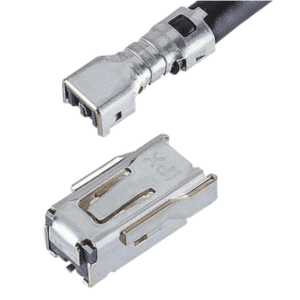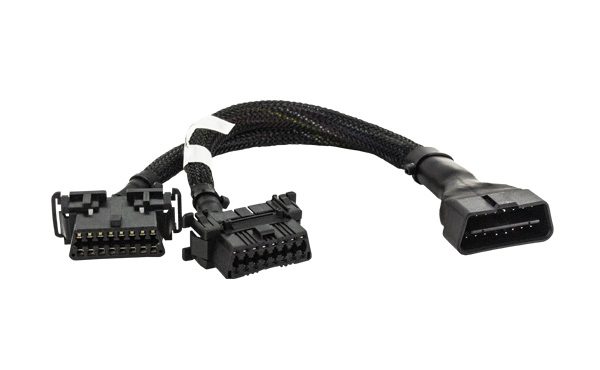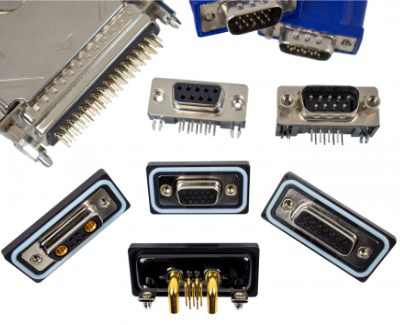Telematics is the Data and Communications Superstar in Your Car
Telematics is having its moment as the key to an array of advanced data and communications capabilities— from lane retention and blind spot warnings (available today) to instant crash avoidance notifications and coordinated traffic lights (on the horizon).

The practice of collecting vehicle operation data began in the 1950s, when mechanical devices were installed in trucks and buses to track vehicle speed, distance traveled, and breaks taken by the driver. In the 1960s, caller ID technology opened the door for the creation of machine-to-machine (M2M) communication. Also at that time, in the face of tensions with the Soviet Union and the threat of nuclear war, the U.S. government funded the development of GPS (global positioning system) technology to aid in national security. All these factors contributed to what we know today as telematics.
Today the term telematics, a blend of the French words télécommunications and informatique (computing science), generally refers to its use in vehicles. With the advancement of GPS, which became available to the public by the early 1990s, telematics advanced as well, and by the 2000s had gained widespread use, particularly in fleet management. Improved connectivity with 3G and 4G networks allowed for real-time monitoring and diagnostics. Later, cloud computing and the Internet of Things (IoT) improved efficiency, integration, and scalability.
Advances in AI, machine learning, and IoT continue to boost real-time data communications and analytics and allow for the remote control of vehicles. 5G networks brought faster data transfer speeds and lower latency, making remote vehicle diagnostics and instant crash notifications possible.
Now that most vehicles are essentially computers on wheels, telematics is used for a variety of purposes. Fleet management activities such as route planning, fuel optimization, and predictive maintenance save time and money, as well as lessening environmental impact.
With the use of sensors, IoT brings telematics beyond engine function to monitor tire pressure, cargo, and more in real time.
Telematics is used for the many passive and active vehicle safety features in advanced driver assisted systems (ADAS) and for autonomous driving. It provides the connections for infotainment, such as navigation, weather, and traffic updates, gaming, and videos. Insurance companies use telematics systems to encourage safe driving by tracking driver behavior (speed, distance traveled, instances of hard braking). Connected roadside assistance programs receive information via telematics. Personnel can respond quickly to emergencies and other unexpected events.
Choosing the right telematics interface connectors
The telematics device plugs into the OBD II (on-board diagnostics, second generation) or CAN-BUS port and connects to the cellular network with a SIM card and modem or to Wi-Fi. “The center stack unit, or the radio unit, and the telematics are tightly connected to each other for communication — what’s being monitored in the vehicle and then what’s being communicated outside the vehicle,” said Mark Ernstberger, regional sales manager at I-PEX.
The device is located inside the vehicle and close to the exterior antennas. Connectors for the telematics interface, therefore, should address these factors:
- Shock and vibration resistance
- Operating temperature range or thermal cycling/shock limitations
- Retention
- Corrosion resistance
- Current/voltage ratings for power cable connectors
- Mating cycle rating
“Automotive specifications require robust connector reliability. For example, if you’re hitting a pothole going 75 miles an hour in Detroit, and it’s minus 10 degrees outside, the vehicle and on-board components will experience intense shock and vibration. One of the advantages I-PEX offers with the MHF-TI micro-RF connector is an audible and a tactile response when plugging in the cable,” said Ernstberger. Feeling and hearing the click lets the operator know that the connector cable is securely engaged and can withstand very high shock and vibration.

The MHF-TI from I-PEX features high retention force (90N minimum) and permanent mechanical lock with tactile indication of secure contact. 3.65 mm max height.
D-sub connectors are widely used in telematics for data transmission, power distribution, and signal integrity. Their flexibility and versatility provide many options and layouts to support a variety of telematic application sizes, weight constraints, and power and signal requirements. “Transportation and logistics fleets are at the forefront of telematics adoption, utilizing D-Sub connectors to interface with various sensors and devices for enhanced fleet management,” said Marco Lamanna, senior digital marketing specialist at EDAC. “Understanding the importance of D-Sub connectors in telematics applications across various commercial fleets is essential for engineering professionals. By leveraging the capabilities of D-Sub connectors and integrating them with sensors and devices, engineers can ensure seamless integration and maximum performance of telematic solutions, driving efficiency, safety, and success across diverse industries.”
Looking ahead, with increased adoption of electric vehicles, telematics will be instrumental in optimizing battery range, monitoring battery health, and managing charging infrastructure. The continued adoption of autonomous driving technology relies on telematics to provide the reliable real-time data and communications the vehicles need to safely navigate complex and unpredictable environments.
“Ultimately, the goal is vehicle-to-vehicle and vehicle-to-infrastructure communication. V2X (vehicle-to-everything) is what this is all driving towards as we move closer to SAE level 4 and 5 self-driving cars,” said Ernstberger. In time, V2X is expected to facilitate features like real-time collision-avoidance and coordinated traffic light systems for improved traffic flow.
To learn more about the companies mentioned in this article, visit the Preferred Supplier pages for I-PEX, EDAC, and ATTEND.
Like this article? Check out our other articles on Autonomous Vehicles, our Automotive Market Page, and our 2024 Article Archive.
Subscribe to our weekly e-newsletters, follow us on LinkedIn, Twitter, and Facebook, and check out our eBook archives for more applicable, expert-informed connectivity content.
- Sealing Success: Overmolding for More Secure Connections - April 23, 2024
- Medical Cable Assemblies Product Roundup - April 23, 2024
- Mezzanine Connectors Product Roundup - April 16, 2024







